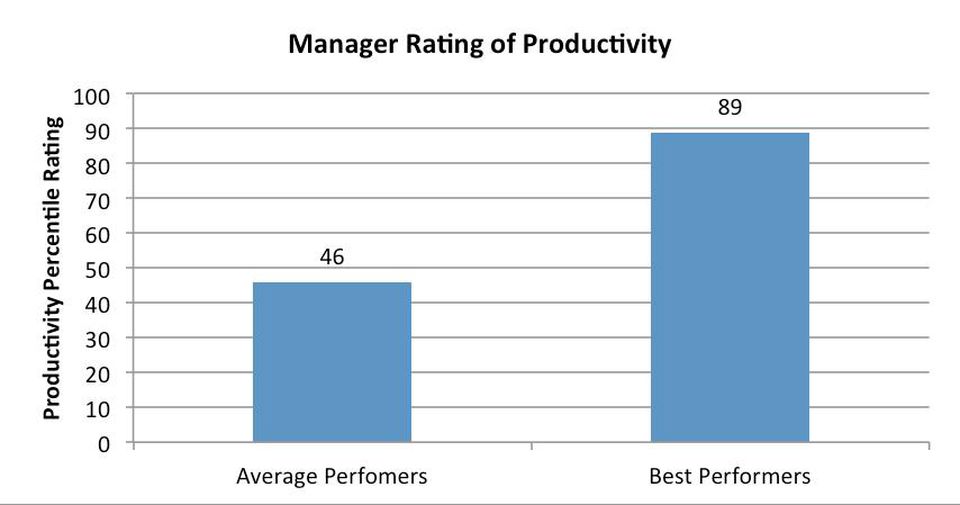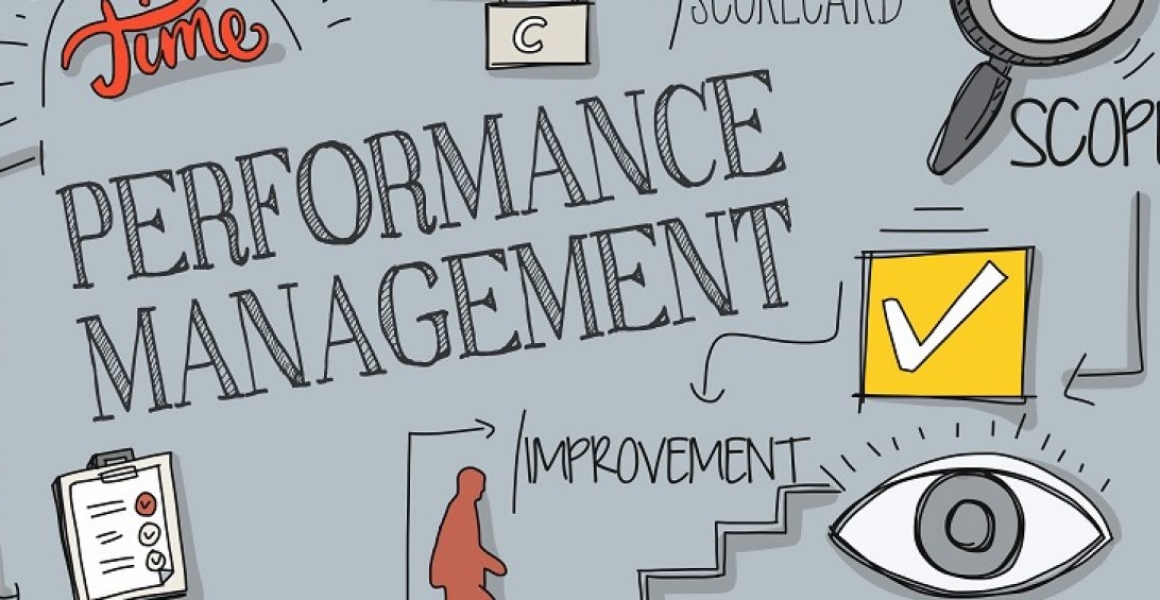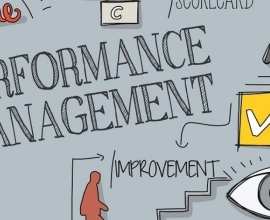Why is Performance Management important?
Why is it important for organizations to track employee performance? In every organisation, employees are the integral and indispensable assets who ensure businesses function smoothly. Each employee is different and has different strengths and weaknesses. By analyzing their successes, strengths, learning from their mistakes and providing them a platform for growth and development, businesses can develop and retain talented employees and excel.
Imagine three employees working in the same organization. Given below are their work traits:
Employee 1 Work Traits: Perennially late for work. Doesn’t take responsibilities. Is behind targets and deadlines. Needs constant push. Takes no initiative. Works just enough to achieve objectives. Is withdrawn. Doesn’t take responsibility for the team output. Is apathetic. Doesn’t care if the customers are unhappy. Makes excuses for crappy work. No drive. Is clearly demotivated
Employee 2 Work Traits: Follows workplace rules and norms. Sticks to deadlines. Occasionally takes initiative. Does what is expected of him/her. Considers it sufficient. Doesn’t take on stretch goals. Needs occasional nudge to be stirred in action. Is sufficiently motivated to complete the tasks assigned to him/her.
Employee 3 Work Traits: Constant performer. Willing to take on new challenges. Generates ideas. Open to criticism. Fiercely competitive. Get a high from achieving targets. Mentors others. Manages expectations, upwards and below. Raises the bar for team performance. Is self-driven and highly motivated.
Based on the work traits, we can categorize them. Employee 1 is the Disengaged Employee, Employee 2 type is the Average Performer and Employee 3 type is the High Performer.
Every organization has all three of the types of employees. As an employer it is important to know what type of people are joining the organization or are already in the organization. According to HBR, a high performer delivers 400% more productivity than an average performer. One study collected 24,826 evaluations on 2,055 individual contributors. Using those evaluations, they looked at the “good” performers who were rated at the 30th to the 70th percentile and compared them to the “best” performers (those were rated above 90%). The graph shows the difference in manager’s ratings of individual productivity between the average and best performers.
 #Source: Forbes
#Source: Forbes
What differentiates a high performer from an average employee? Here is a list of things that high performers do to stand out from the average employees:
- They are constantly learning new things.
- They stay updated with all the trends in their field by reading regularly .
- They plan, schedule and prioritise tasks.
- They set stretch goals and high standards.
- They strive for excellence – they take pride in their work and don’t look for short cuts
- They are always producing great ideas. They come up with solutions, not problems.
- Have great leadership qualities. They share and impart their knowledge with others and make great mentors
- They are very productive and they hate wasting time – they value their time and others
- They challenge themselves and constantly try to do better
- They are always focused on priorities even when rest of the employees are in confusion and chaos
- They embrace change.
There are currently two main approaches for managing talent progression:
- Continuous performance management
- Annual appraisals
Many businesses use annual appraisals over continuous performance management. This traditional approach entails a one or twice a year formal review whereby an employee’s performance over the last 6-12 months is assessed and future targets or objectives are determined. Unfortunately under this system, all employees tend to be lumped together into a category so broadly defined that it becomes difficult to take meaningful decisions. Conversely, continuous performance management involves regular check-in meetings combined with frequent real-time feedback with the aim of improving performance on an on-going basis.
Unfortunately, most managers do not understand the motivations, driving factors for different types of employees and use umbrella, off the shelf management techniques. This often causes drop in productivity, dissatisfaction and ultimately, attrition. It is therefore in the best interest of employers (and employees) to classify employees according to their skill, motivation, performance and manage accordingly. For example, a manager might want to have a one on one session with an under performing employee to understand what the source of demotivation is and address it accordingly. Alternately, if there is a drop in the productivity of a high performer or it has plateaued over a period of time, the manager might want to address the issue by rewards and recognition or assigning work which challenges them.
Left untended, high performers will seek alternative opportunities that provide more challenges, growth, and rewards or comfort and convenience. Thankfully, a growing number of organizations are beginning to recognize the extraordinary value their employees can make and are turning to empower their management with training techniques to spot and reward performance and address and correct non-performance.






